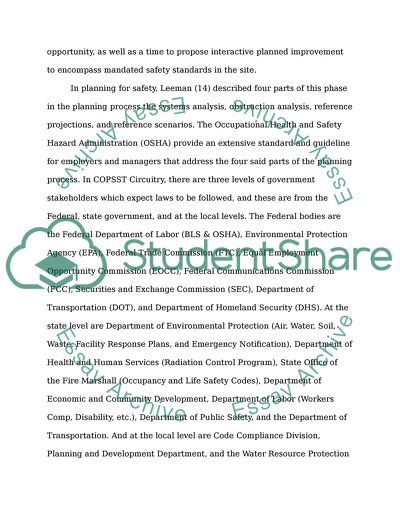Cite this document
(“Interactive Planning and Occupational Safety Research Paper”, n.d.)
Retrieved de https://studentshare.org/systems-science/1392098-means-planning
Retrieved de https://studentshare.org/systems-science/1392098-means-planning
(Interactive Planning and Occupational Safety Research Paper)
https://studentshare.org/systems-science/1392098-means-planning.
https://studentshare.org/systems-science/1392098-means-planning.
“Interactive Planning and Occupational Safety Research Paper”, n.d. https://studentshare.org/systems-science/1392098-means-planning.


